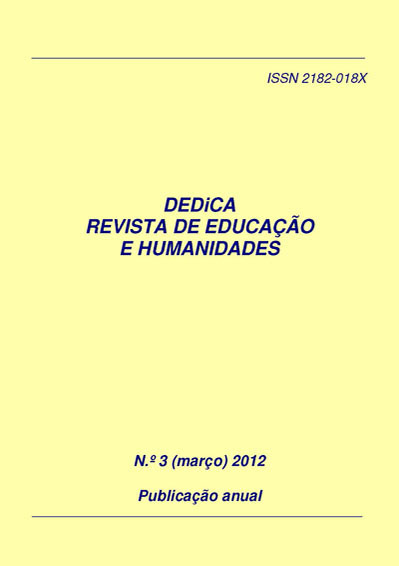Notes on Basque folklore
DOI:
https://doi.org/10.30827/dreh.v0i3.7092Keywords:
Basque Country, folklore, music, traditionAbstract
Folklore involves popular wisdom and it collects the customs and traditions from different countries or from different cultures within a society. Folklore is created by society and it is aimed at society; it tells of the character and the personality of its people.
Basque folklore, which is of particular interest to us, has a very different character from other ones in Spain. Thanks to its simplicity and sobriety, we may say that it closely resembles the neighbouring European style. Most of its activities have their origins in traditional work, such as the Aizkolariak (cutters of trunks), Arijasotzaileak (lifters of stones), Segalariak (cutters of grass), Gizon Proba (dragging stone), Sokatira (pulling rope), and the Idi Proba (dragging of stone with oxen). Moreover, there are songs, some of which are really important, such as Gernikako Arbola, Agur Jaunak or Boga Boga, as well as dances, such as the Aurresku, Espatadantza, all of which are accompanied by music played on typical instruments, such as the txistu or the tamboril.
In this article, we will attempt to present, in an exhaustive way, the richness of the art and the traditions that characterize the Basque people.
Downloads
References
Aguirre Franco, R. (1983). Deporte rural vasco. San Sebastián: Txertoa.
Albisu Pérez; J. J. (2007). La pelota a mano en el siglo XXI. Irún: Kaneta.
Crivillé i Bargalló, J. (1983). El folklore Musical. Madrid: Alianza Editorial, S. A.
De Ayala, P (1982). Las corrientes del folklore vasco en la danza y la música hay que estudiarlas dentro de la geografía. Hoja del Lunes/3.
De Donostia, P. J. A. (1952). Instrumentos musicales del pueblo vasco. Revista “Anuario Musical” vol VII (1952) 1-49.
De Donostia, P. J. A. (1956). Historia de las danzas de Guipúzcoa, de sus melodías antiguas y sus versos. Zarauz: Editorial Icharopena.
De Orue Matia, J. (1970). Cancionero del País Vasco. Madrid: A. Carmona.
Eusko Jaurlaritza (1983). Decreto 138/1983 del Departamento de Educación y Cultura, por el que se regula el uso de lenguas oficiales en la enseñanza no universitaria en el país Vasco. Base de Datos de Legislación.
Gallaga, I. (1999). Pelota. Vitoria: Gobierno Vasco, Departamento de Cultura.
García de Cortázar, J. A.; Díaz de Durana, J. R. (2005). Investigaciones sobre historia medieval del País Vasco. Bilbao: Universidad del País Vasco, Servicio Editorial.
Garzia, J.; Sarasua, J.; Egaña, A. (2002). El arte del bertsolarismo. Laie, el placer de la Cultura. Disponible en: www.laie.es/libro/el-arte-del-bertsolarismo/289158/978-84-95697-03-5. Consultado el 26/10/2011.
Murua, A. (1993). Folklore y Tradición. Vitoria: Departamento de comercio, consumo y turismo del Gobierno Vasco.
Urbeltz, J. A (1989). Música militar en el País Vasco. El problema del “zortziko”. Pamplona: Editorial Pamiela.
Urbeltz, J. A. (1983). Reflexiones sobre el folklore coreográfico vasco. Sociedad de Estudios Vascos. Zarauz: Editorial Icharopena.
VelSid (2011). Los 50 mejores restaurantes del mundo. Disponible en www.gastronomiaycia.com/2011/04/18/los-50-mejores-restaurantes-del-mundo-2011/. Consultado el 3/11/2011.












